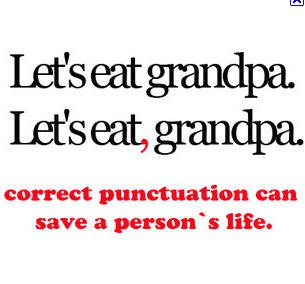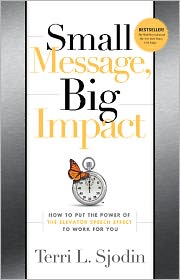“Book Report” by the Peanuts crew. (five and one half minutes long)
When you are stuck with writer’s block, watch this video and let the creativity begin!
“Book Report” by the Peanuts crew. (five and one half minutes long)
When you are stuck with writer’s block, watch this video and let the creativity begin!

How Much is My First Printing Going to Be? - Just-in-Time Inventory and efficient printing technology has made that question irrelevant. Richard Curtis helps writers understand the new lingo.
Owners of eReaders and Tablets Are Heavy Readers of Printed Versions ofMagazines and Newspapers - This is the headline from a recent survey taken of 26,000 people by Gfk MRI. Also noted that women are 52% …

Guest Post by Teddi Deppner
Today debuts our first guest post. I first met Teddi at the Mt. Hermon Writers Conference while she sat through my Major Morning Track, listening patiently to 8 1/2 hours of lecture over four days. She has recently been asking some penetrating questions about technology and the publishing industry so I invited her to create a post and express those thoughts for …

Would John Locke Be Better Off with a Traditional Publisher? - Mike Shatzkin analyzes the revenue of million copy e-book selling author John Locke. The math is fascinating. According to Shatzkin, the author is making less than $30,000 per book. It is highly likely a traditional publisher would pay him a lot more for his work. Read the post. You decide.
Twenty-five Rejection Proof Markets - A …
Every year our family makes it a tradition to listen to this rendition of Sandi Patty singing "The Star Spangled Banner."
This youtube clip is from 1985 when it was first played for the nation. The song last six minutes and gives me goose bumps every time I hear it.

by Steve Laube
Small Message, Big Impact by Terri L. Sjodin is this month's "Book of the Month." I recommend that every veteran and aspiring writer read this book and glean from it.
The key to this book is in the subtitle: How to Put the Power of the Elevator Speech Effect to Work for You. Sjodin defines the elevator speech as: "A brief presentation that introduces a product, service, …
Watch this tongue-in-cheek look at what a writers conference asks of a "famous" writer.
Very clever.
A $30 iPad...for kids? - take a look at the new anaPad. Have to admire the entrepreneur, even when the idea seems a little odd.
Twitter Profile Mistakes - Excellent advice for writers who tweet.
Andrew Wylie in the Wall Street Journal Magazine - See what this uberagent has to say about the future of publishing. Especially note his thoughts on the global market.
Would James Joyce have used …
Steven Sharp Nelson playing eight cellos. Watch and enjoy.
His album "Sacred Cell0" is one of my all time favorites.

by Steve Laube
Thirty Three Twitter Feeds to Follow - The folks at Poets & Writers put together a helpful list of publishing and writing oriented twitter feeds to follow.
Kindle Spam Clogging Amazon - What a mess. Fake compiled books are being uploaded on the Kindle digital platform and sold to unsuspecting people. Another argument for Curation.
Google Books Creates Affiliate Program …

